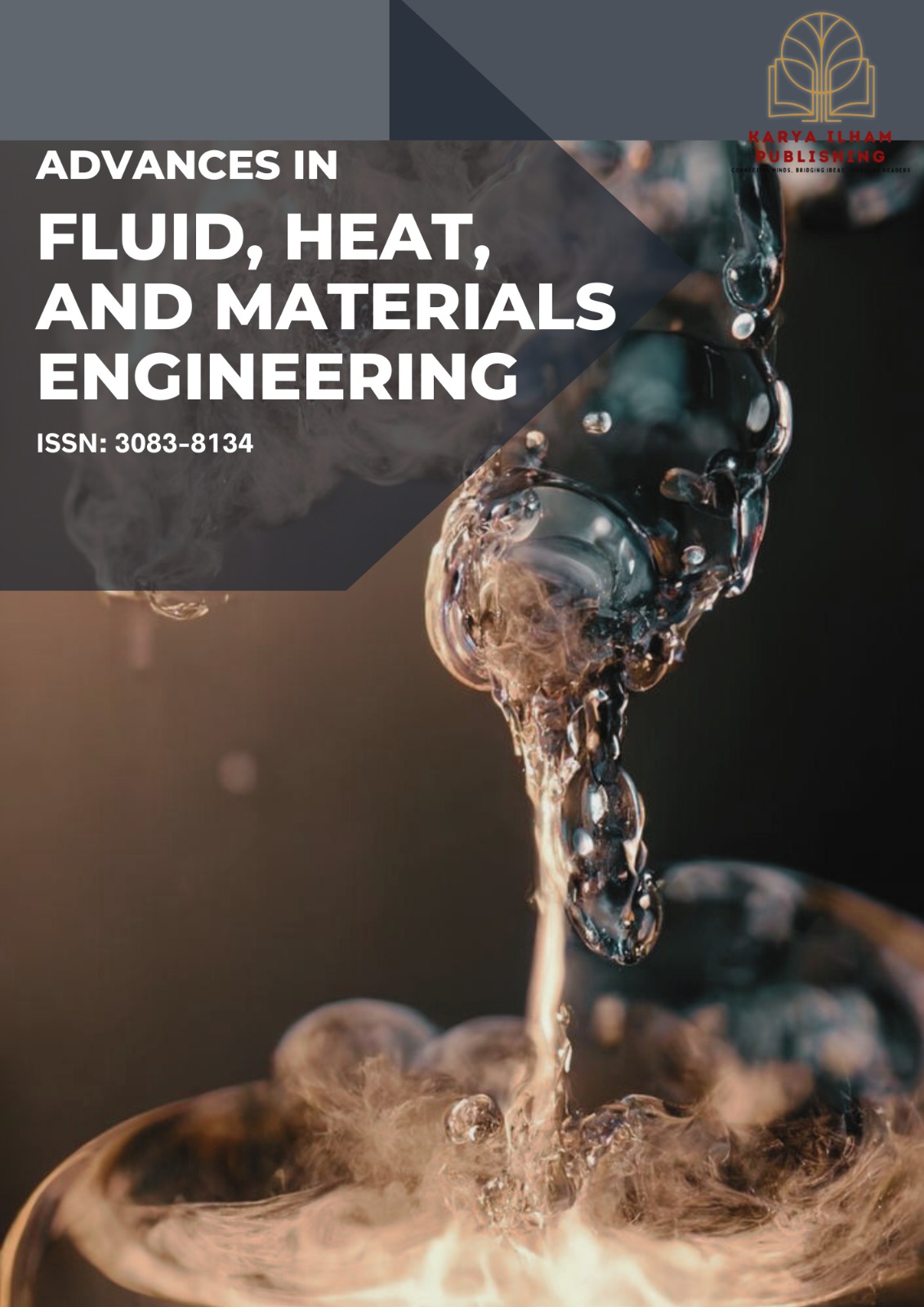Computational Analysis of Temperature Distributions on the Malignant Tumour
DOI:
https://doi.org/10.37934/afhme.3.1.1021aKeywords:
Tumor;, breast cancer, heat propagationAbstract
Breast cancer is a critical illness in Malaysia, as shown in the statistical data listed by the National Institute of Cancer. Typically, the patient undergoes lumpectomy or mastectomy, followed by chemotherapy and radiotherapy. However, patients experienceside effects after treatment. Based on our previous findings, heating the body from 40°C to 44°C is an alternative treatment to reduce the side effects of this medical treatment. Thus, this study investigated heat propagation in malignant tumours of different sizes. Three different breast tumour models with different sizes were created. The heat propagation was simulated using the computational fluid dynamics (CFD) method. Three different temperatures were applied to malignant tumours exposed to infrared sources. From the observations, model 2 mm showed the highest temperature propagation compared to the others. Heat propagation in blood vessels also exerts a significant radiation effect, as observed in tumours. However, the velocity and pressure of blood vessels did not significantly change in the models. In conclusion, heat propagation via infrared sources managed to penetrate tumours, and early-stage tumours experienced better heat propagation compared to others.













